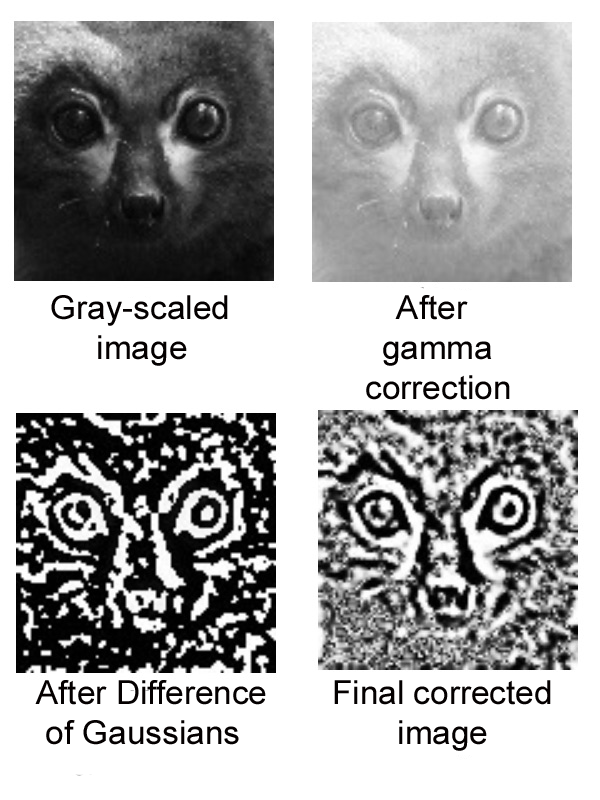
Unfortunately, longitudinal monitoring can be challenging, particularly for long-lived species. Consequently, they are invaluable for identifying the demographic and evolutionary processes influencing wild animal populations. Indeed, longitudinal studies are essential for characterizing life history parameters, trait heritability, and fitness effects (reviewed in ). To address many evolutionary questions, however, it is necessary to collect data on known individuals over long periods of time. These methods may or may not allow for identification of individuals at later dates in time. For short-term studies, researchers may rely on unique methods for identification based on conspicuous natural variation among individuals at the time of data collection, such as differences in body size and shape or the presence of injuries and scars. Individual identification is necessary to ensure unbiased data collection and to account for individual variation in the variables of interest. Most research on the behavior and ecology of wild animal populations requires that study subjects are individually recognizable. Once optimized, our system can facilitate long-term research of known individuals by providing a rapid, cost-effective, and accurate method for individual identification. This technology would remove many limitations of traditional methods for individual identification. LemurFaceID was able to identify individual lemurs based on photographs of wild individuals with a relatively high degree of accuracy.

Our results suggest that human facial recognition techniques can be modified for identification of individual lemurs based on variation in facial patterns. Across 100 trials, with different partitions of training and test sets, we demonstrate that the LemurFaceID can achieve 98.7% ± 1.81% accuracy (using 2-query image fusion) in correctly identifying individual lemurs. We trained and tested our system using images from wild red-bellied lemurs ( Eulemur rubriventer) collected in Ranomafana National Park, Madagascar. LemurFaceID was developed using patch-wise Multiscale Local Binary Pattern features and modified facial image normalization techniques to reduce the effects of facial hair and variation in ambient lighting on identification. LemurFaceID is a computer-assisted facial recognition system that can be used to identify individual lemurs based on photographs. Here, we present a new method for individual identification of lemurs (LemurFaceID). This is, at least in part, due to difficulties collecting consistent data on known individuals over long periods of time.

Long-term data needed to address evolutionary questions are lacking for many species. Lemurs, a mammalian lineage endemic to Madagascar, are no exception. Accordingly, for many animal lineages, long-term research projects are often limited to only a few taxa. These methods can be costly, time-consuming, and may be impractical for larger-scale, population-level studies.

Current methods for individual identification of many animals include capture and tagging techniques and/or researcher knowledge of natural variation in individual phenotypes. Long-term research of known individuals is critical for understanding the demographic and evolutionary processes that influence natural populations.


 0 kommentar(er)
0 kommentar(er)
